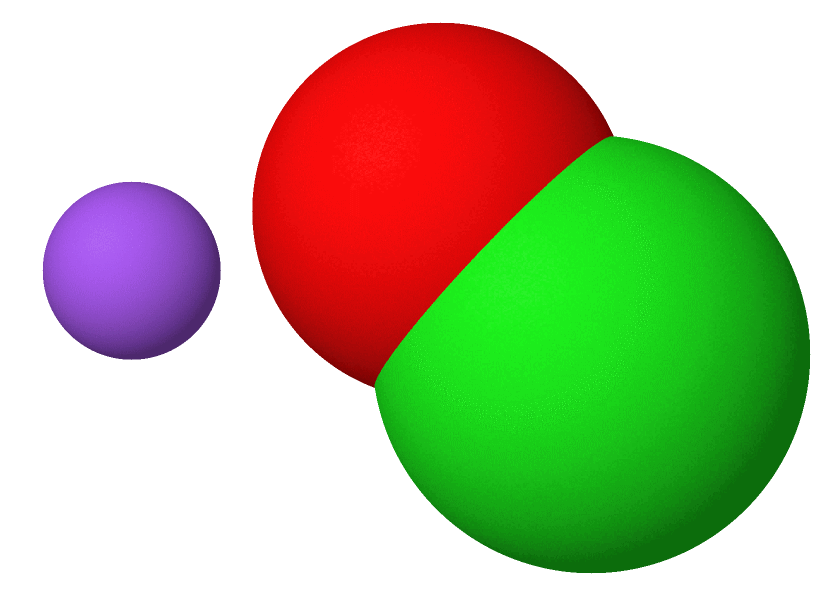Sodium hypochlorite, commonly known as liquid bleach, is an inorganic compound represented by the chemical formula NaOCl. It is produced on a large scale industrially by the electrolysis of a sodium chloride (NaCl) solution. Some of the key advantages of sodium hypochlorite include strong oxidation and bleaching properties, effective antimicrobial activity against a wide range of microorganisms and low cost of production. It is widely used as a disinfectant and bleaching agent in various end-use industries like water treatment, healthcare, household cleaning, agriculture, food & beverage processing, and others. Sodium hypochlorite solutions are formulated in different concentrations and grades customized as per specific cleaning and disinfection application needs.
The global Sodium Hypochlorite Market is estimated to be valued at US$ 67.69 Mn or Mn in 2023 and is expected to exhibit a CAGR of 28.% over the forecast period 2023 to 2030, as highlighted in a new report published by Coherent Market Insights.
Market key trends:
One of the major trends in the sodium hypochlorite market is the growing adoption in the water treatment industry. Sodium hypochlorite is highly effective in disinfecting water at treatment facilities and protecting distribution systems. It helps eliminate contaminants and pathogens in water to make it potable for human consumption. Additionally, increased prevalence of pandemics and diseases is propelling the demand for robust disinfection chemicals from the healthcare sector. Mounting health & hygiene awareness among people worldwide has also augmented the consumption of household bleaches containing sodium hypochlorite. Furthermore, stringent regulations regarding industrial wastewater disposal are expected to catalyze the utilization of sodium hypochlorite in various effluent treatment applications over the forecast period.
Porter’s Analysis
Threat of new entrants: The sodium hypochlorite market requires high initial investments and technology which makes the threat of new entrants low. The established players dominate the market.
Bargaining power of buyers: The bargaining power of buyers is moderate as sodium hypochlorite has applications across industries like chemicals, water treatment, etc. However, buyers can opt for substitute products.
Bargaining power of suppliers: A few major players supply raw materials for sodium hypochlorite production globally. This gives them moderate bargaining power over buyers.
Threat of new substitutes: Alternatives like chlorine dioxide, ozone, and UV treatment pose potential threat. However, ease of production and cost-effectiveness provide an edge to sodium hypochlorite.
Competitive rivalry: The market is occupied by global leaders and regional players intensifying competition.
Key Takeaways
Global Sodium Hypochlorite Market Size is expected to witness high growth, exhibiting CAGR of 28% over the forecast period, due to increasing application in water treatment. The market size for 2023 is estimated at US$ 67.69 Mn.
Regional analysis: Asia Pacific dominates the market and is expected to grow at the fastest rate due to rising industrialization and increasing potable water demand in China and India. North America is a major regional market supported by water treatment infrastructure in the US and Canada.
Key players: Key players operating in the sodium hypochlorite market are BASF Chemicals, Odyssey Manufacturing Co., Aditya Birla, AGC group, Orica Watercare, Akzo Nobel, Shanghai Polymet Commodities Ltd., Sumitomo Chemicals, Solvay Chem, Sunbelt Chemical Corporations, Arkema Group, Surpress Chem, and Ineos. BASF and Odyssey Manufacturing capture over 30% of the global market share.
*Note:
1. Source: Coherent Market Insights, Public sources, Desk research
2. We have leveraged AI tools to mine information and compile it

